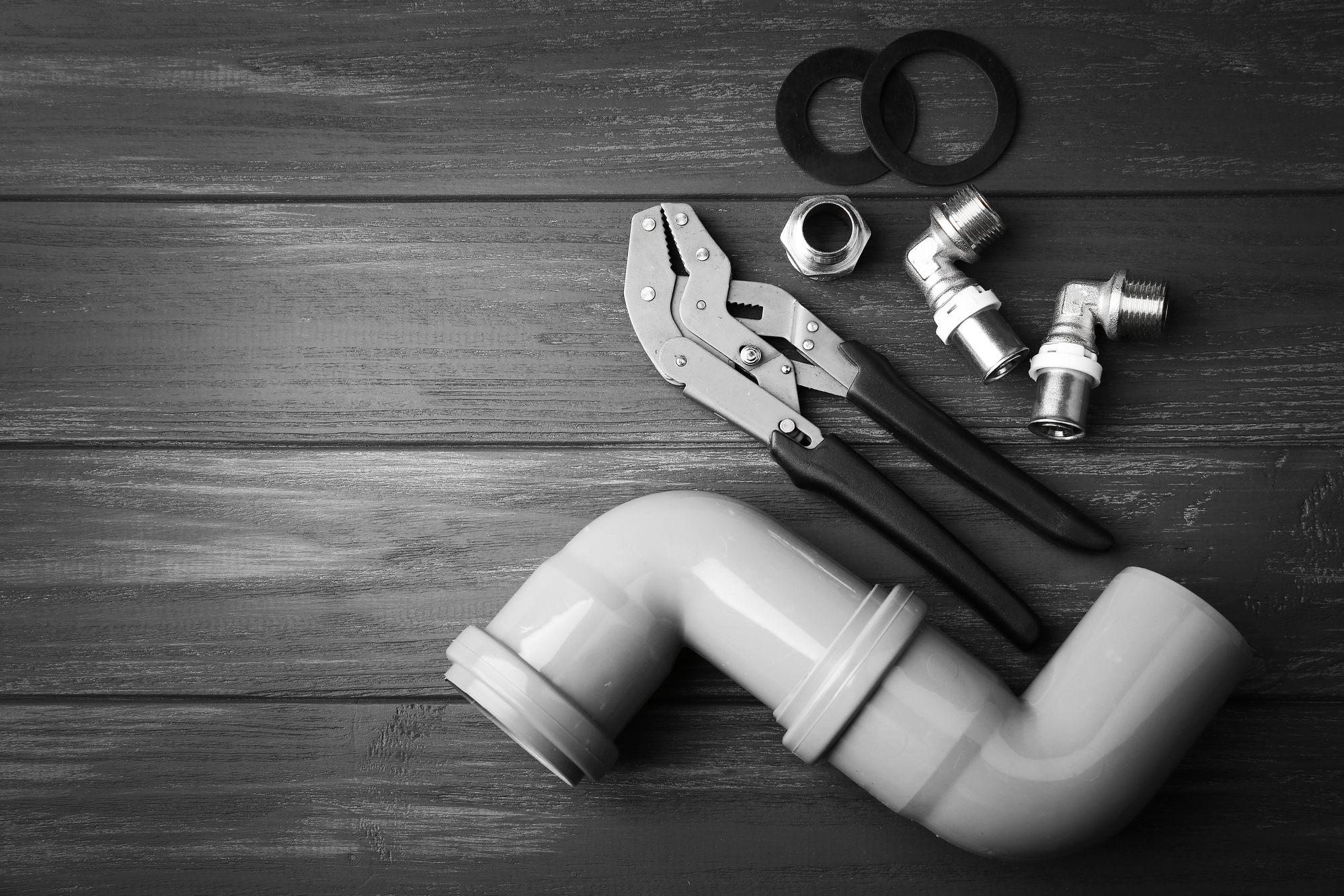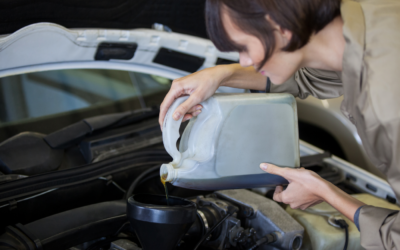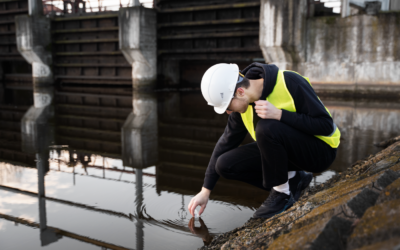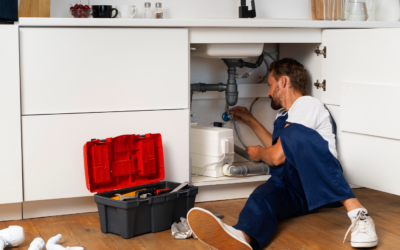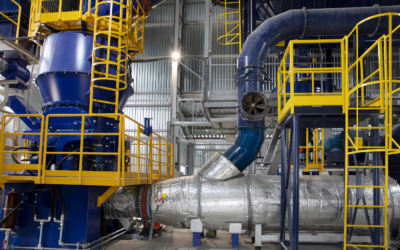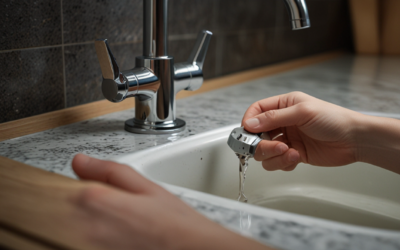As a plumbing professional, you understand the importance of having the right equipment to tackle the toughest jobs. This is why jetters have become a popular choice for many plumbers when it comes to clearing clogs and blockages in drains and sewer lines.
A jetter is a high-pressure water pump that is used to blast through debris and waste in pipes. It is an effective way of clearing blockages without the need for traditional methods such as snaking or excavation. However, like any equipment, jetters can develop faults over time that can hinder their performance and make tasks more difficult.
In this article, we will be discussing some common jetter pressure problems that plumbers encounter and how to deal with them.
Low Pressure
Low pressure is a common issue with jetters and can be caused by several factors. One of the most common causes of low pressure is a clogged nozzle. Over time, debris and mineral deposits can build up in the nozzle, reducing its size and affecting the water flow.
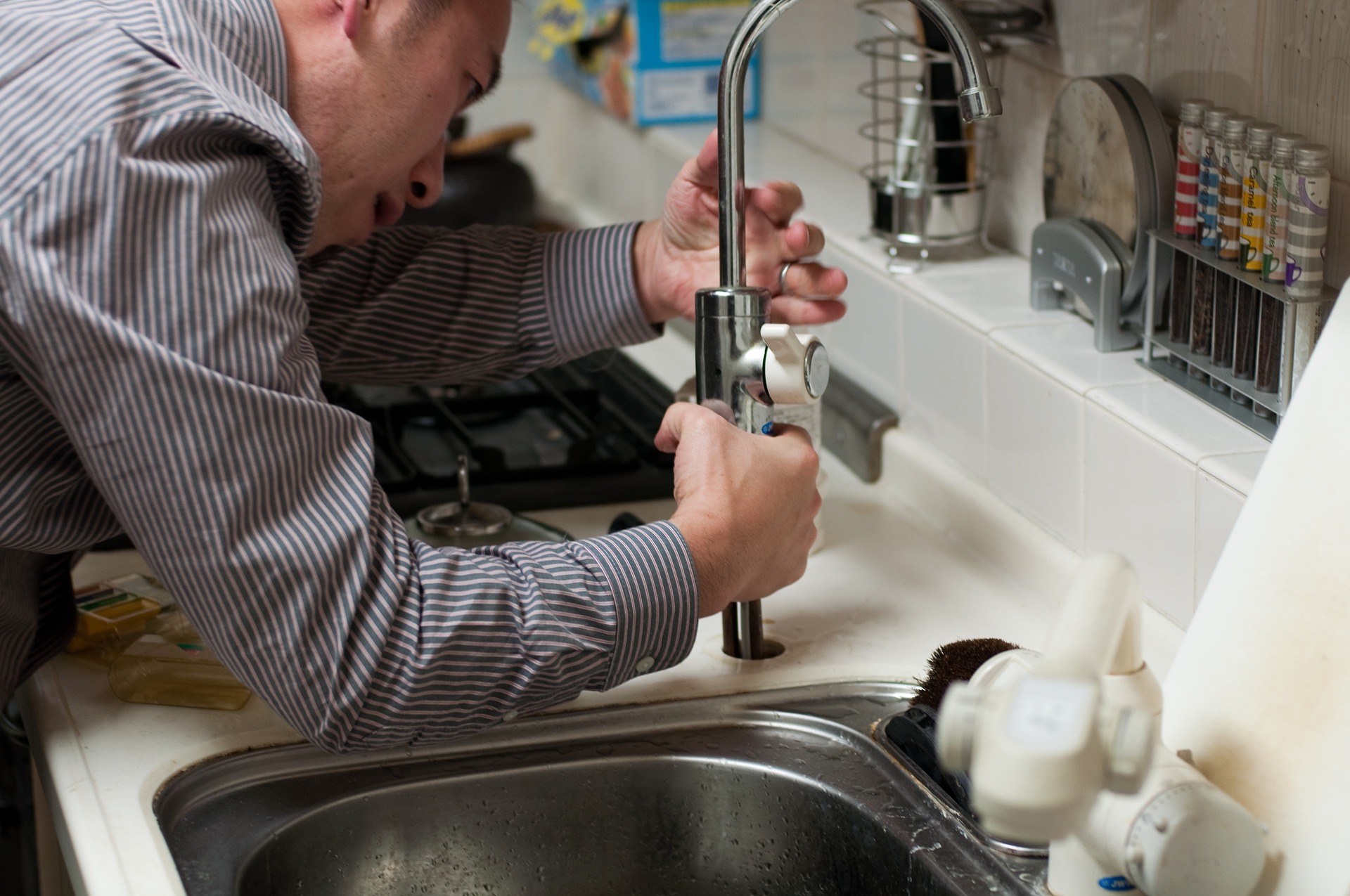
To deal with low pressure caused by a clogged nozzle, the first step is to remove the nozzle and inspect it. If there is any debris or mineral build-up, you can use a wire brush or a small drill bit to clean it out. It is essential to check the nozzle regularly and clean it after every use to prevent blockages.
Another common cause of low pressure is a weak or damaged pump. If this is the case, you may need to replace the pump to restore the jetter’s performance.
High Pressure
High pressure is another problem that plumbers encounter when using jetters. High pressure can be caused by a damaged or blocked unloader valve. The unloader valve regulates the pressure in the jetter by diverting water back to the tank when the trigger is released, affecting the pressure.
To deal with this issue, you will need to inspect the unloader valve and check for any blockages or signs of damage. If there are no visible signs of damage, you can try adjusting the valve pressure to see if this resolves the issue. If not, you may need to replace the unloader valve to restore the pressure.
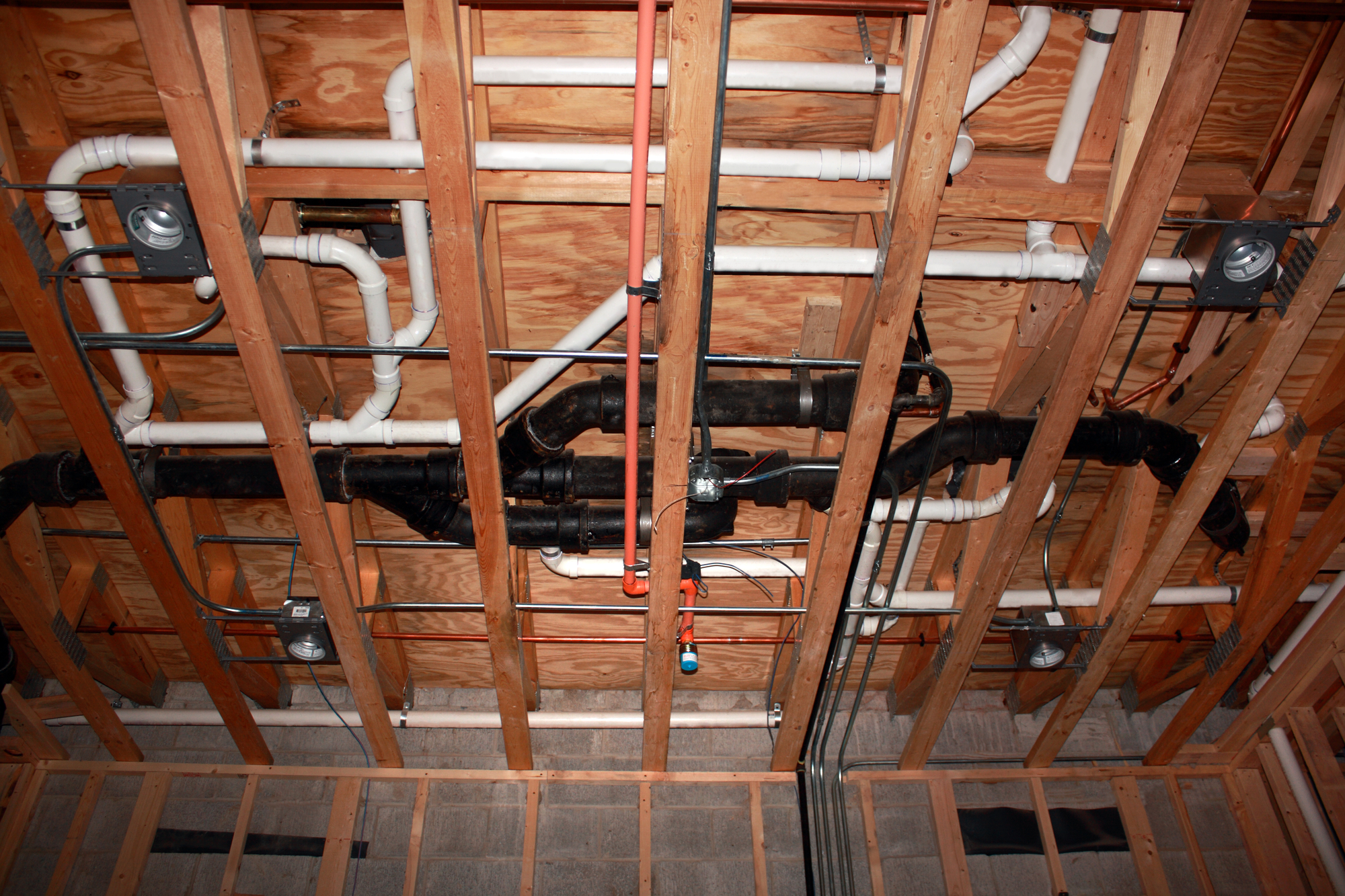
Leaks
Leaks are a common problem with all plumbing equipment, including jetters. Jetters can develop leaks due to worn or damaged hoses, connections, or seals.
To deal with leaks, it is important to inspect the jetter thoroughly to identify the source of the leak. If the leak is from the hose or a connection, you can replace the affected part to fix the problem. If the leak is from a damaged seal, you will need to replace the seal or the affected part.
Maintenance
Proper maintenance is essential to keep your jetter in good working condition and prevent faults from developing. Regular maintenance tasks include inspecting and cleaning the nozzle, checking and replacing worn parts, and lubricating moving parts.
It is also important to use jetter-safe detergents and chemicals to prevent damage to the pump, hoses, and seals.
Conclusion
Dealing with jetter pressure problems can be challenging, but with the right knowledge and tools, it is possible to resolve these issues quickly and effectively.
Whether you are dealing with low pressure, high pressure, or leaks, it is essential to inspect the jetter thoroughly to identify the root cause of the problem. Regular maintenance is also crucial to prevent faults from developing and keep your equipment in good working condition.
If you are having difficulty dealing with jetter pressure problems or need help with any plumbing issues, don’t hesitate to contact us at Ace Plumbing Repair. Our team of experts is always ready to provide the best possible plumbing solutions to our clients.

